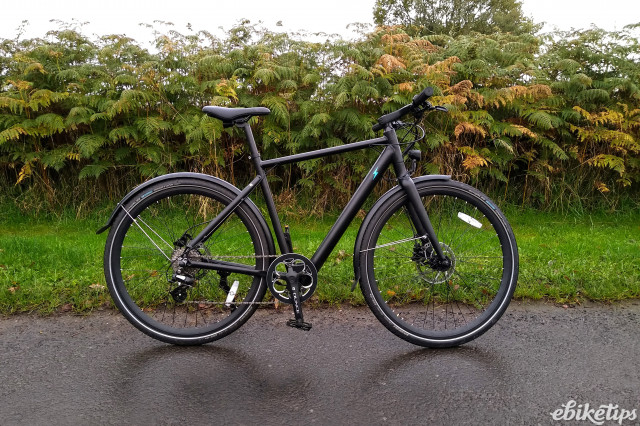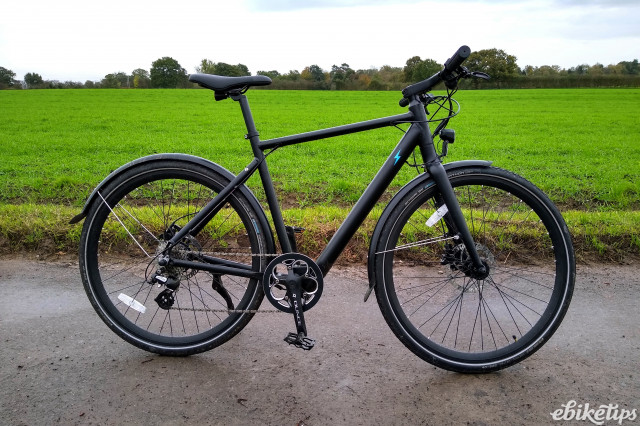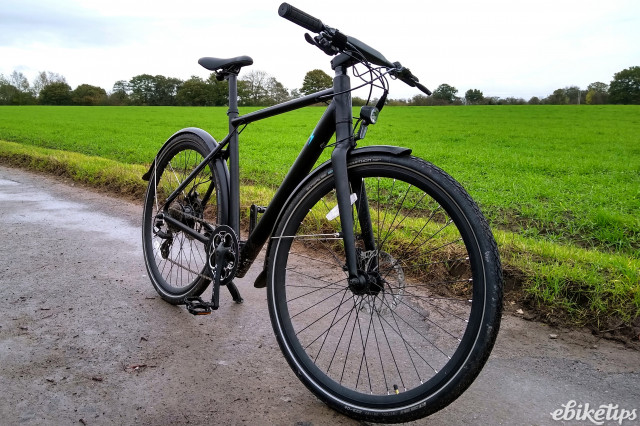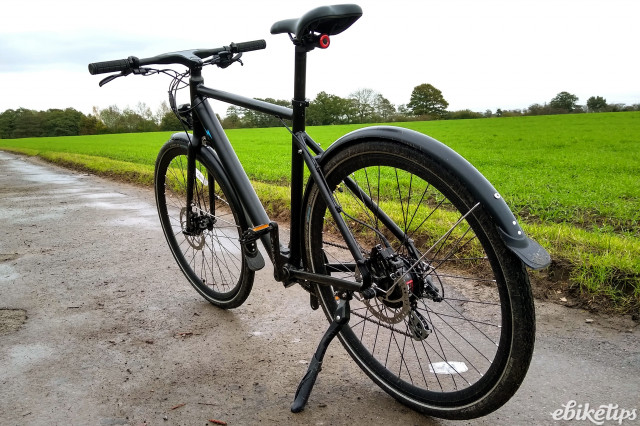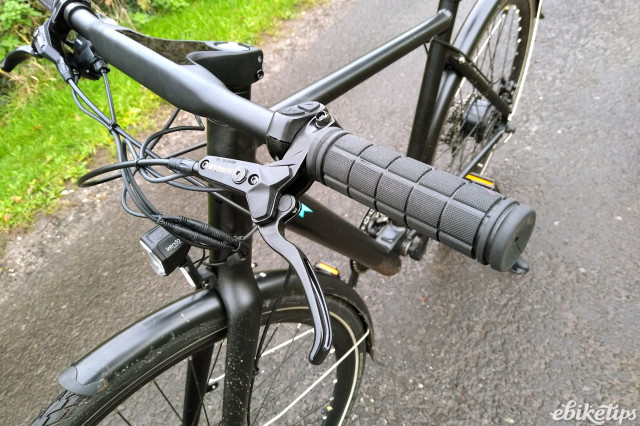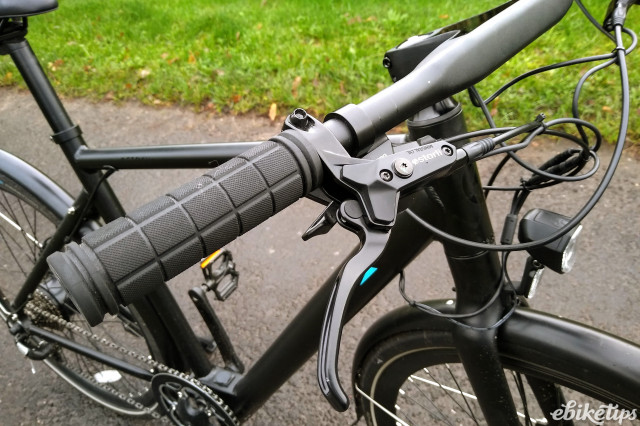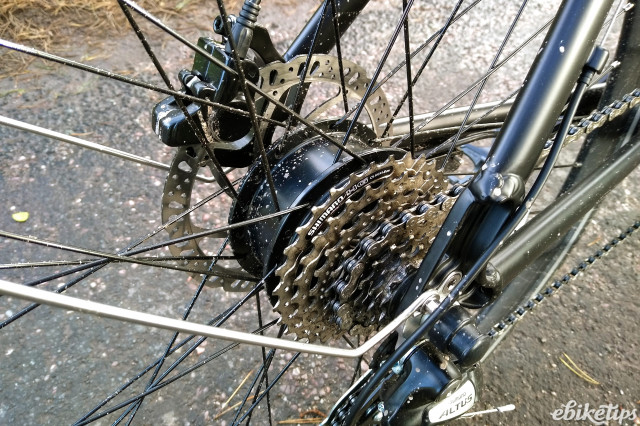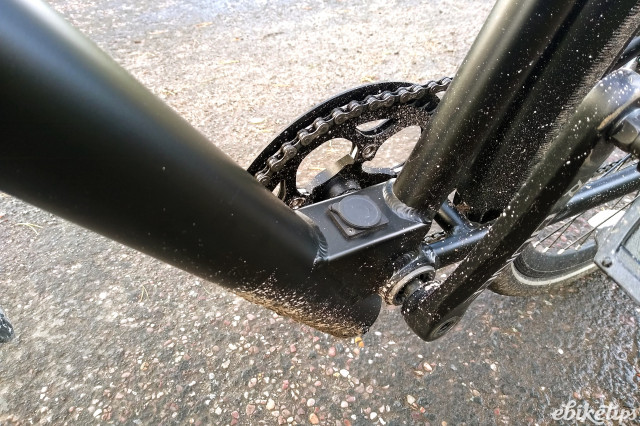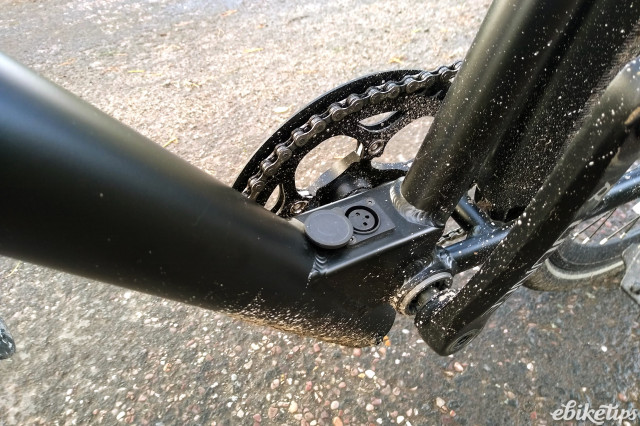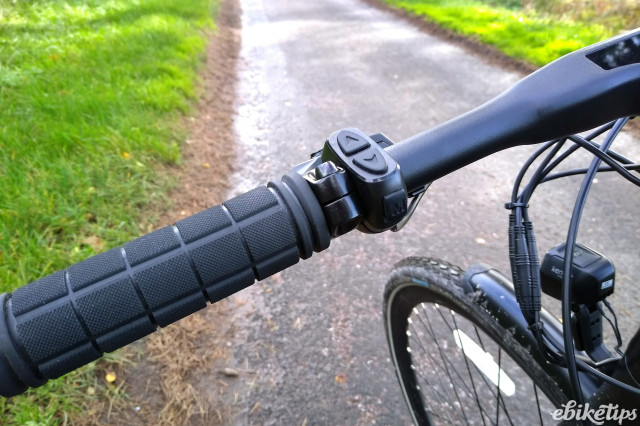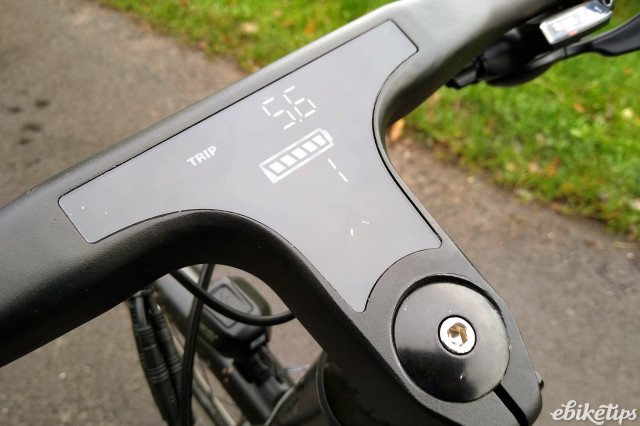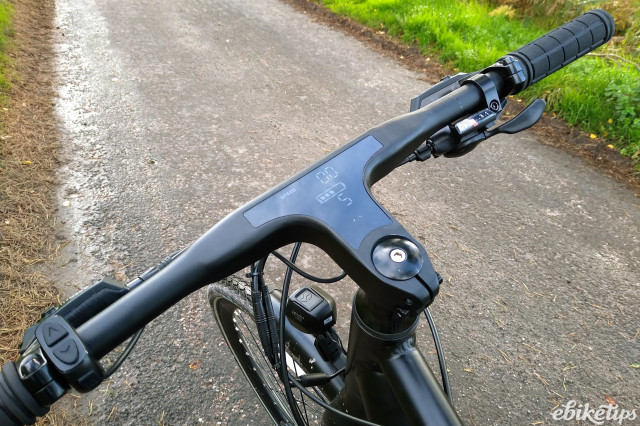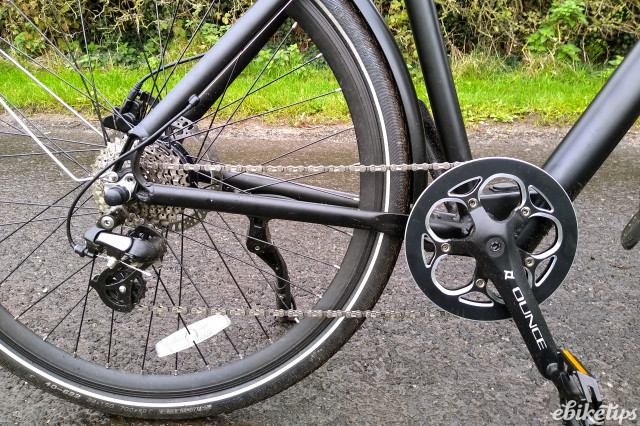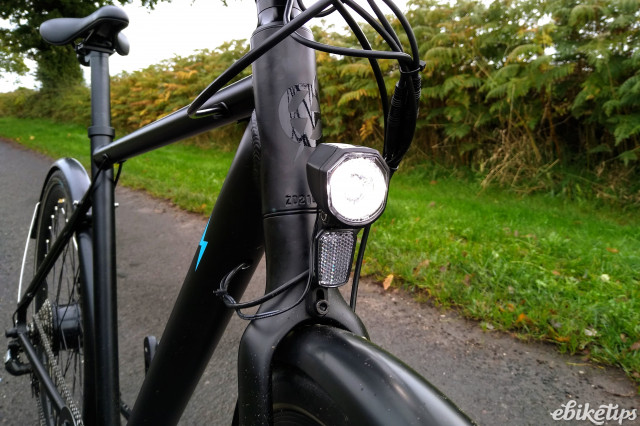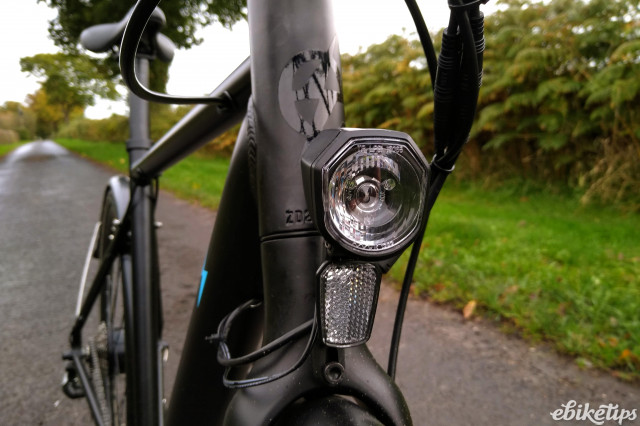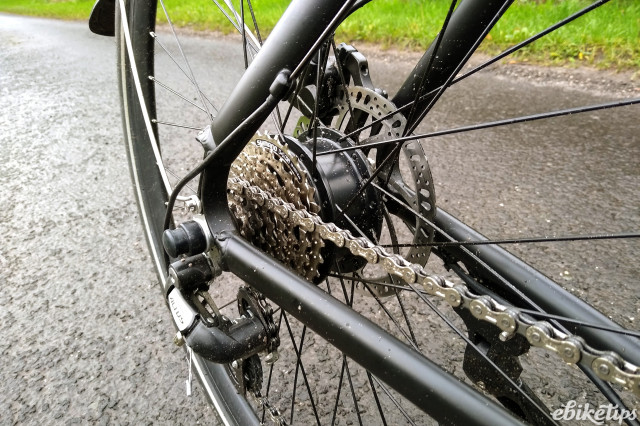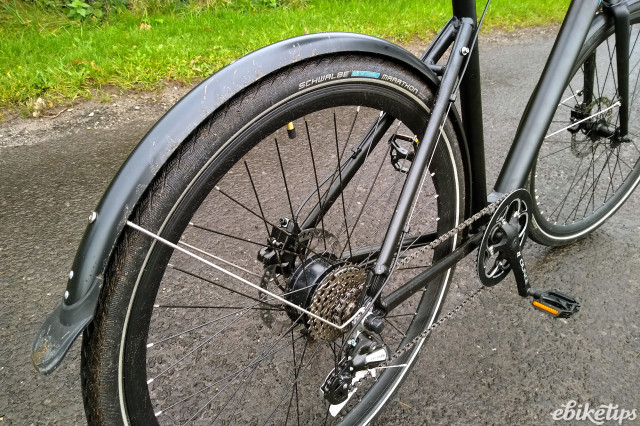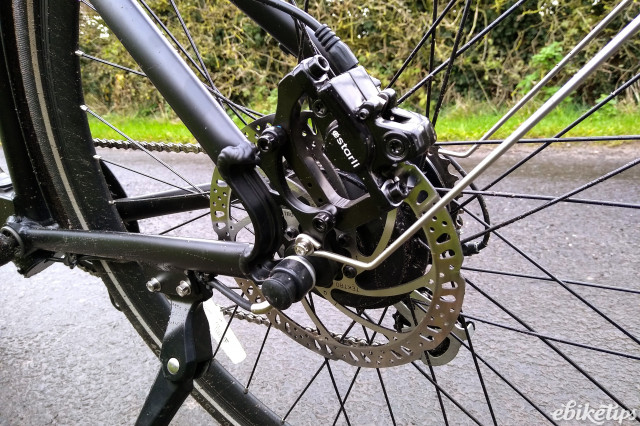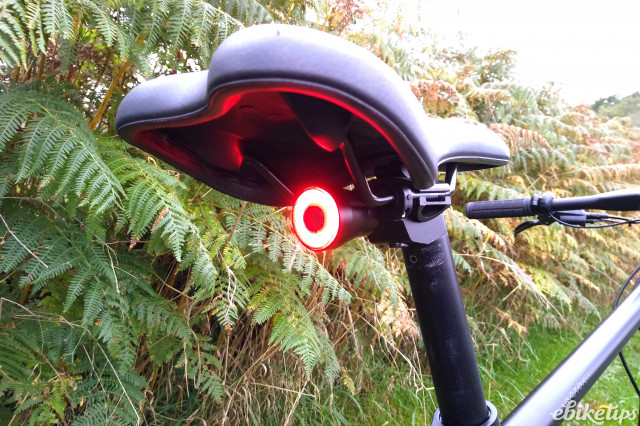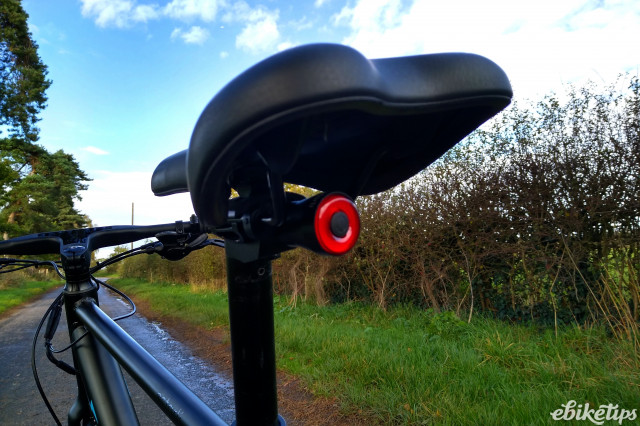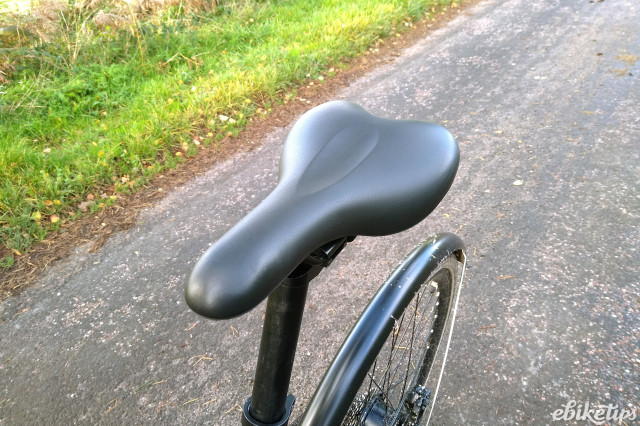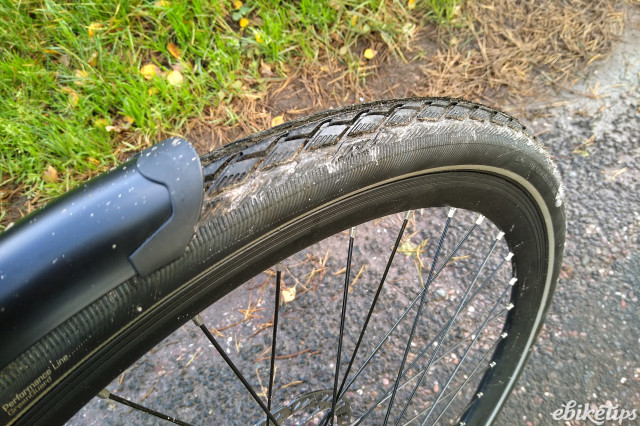Estarli E28 Pro
Overview
- Light
- Rolls well
- Inconspicuous
- Non removable battery
- Lacks power on steep hills
- Motor can trigger when manoeuvring
The Estarli E28 is billed by the Hertfordshire brand as a ‘classic e-bike’. It’s a light, low profile hybrid offering sprightly performance and a modern look at a very competitive price.
The E28 comes in two models, Pro and Standard, which basically amount to with and without mudguards. You can also pay extra to have it fitted with front suspension and a rear pannier rack. The model tested here is the mudguard-fitted Pro (without a rack or suspension) which currently sells for £1,595.
The bike
First impressions are of a sleek, urban e-bike that you’d probably guess to be rather more expensive than it actually is. Central to this is the rather lovely display integrated into the handlebars.
This display doesn’t do anything elaborate, but it’s a nicely minimalist element and provides you with all the basic information you need (speed, assistance level, remaining battery) in an easy to understand format. An odometer and trip counter are also accessible with a button press or two.
E-bikes are unavoidably blessed with more than their fair share of cables and while the cable ties weren’t doing a flawless job out front on our test bike, much of the routing elsewhere is internal.
A minor point, but one of the ports appeared to be lacking a rubber cover which could presumably result in damage to the cable given enough mileage.
The one in question led to the front light, which is switched on and off via the handlebar controls. The rear light is situated under the saddle and needs to be switched on separately. I found the saddle itself good for an hour, although I started to feel it a bit beyond that.
The 375Wh battery is situated within the down tube and only removable for maintenance. This is teamed with a rear hub motor. Shimano 8-speed gearing and Tektro disc brakes round out the package.
Estarli reckon the Standard version of the bike only weighs 16.5kg. We can’t imagine the lightweight mudguards were enough to push that to the 18.5kg we got on our scales, but it’s still far from heavy by e-bike standards – particularly for a budget model.
The ride
The Estarli E28 certainly feels light when you’re in the saddle, positively skipping along once you’re up to speed, with the motor all but inaudible. A minor gripe is that the overall ride isn’t quite as silent with slightly more generic bike rattle than I’d have ideally liked when riding on rougher roads.
There are five power levels (six if you count zero assistance) although the lower ones will only really serve a purpose if you’re looking to ride at slower speeds.
Around the 25km/h (15.5mph) assistance limit, the power tapers in and out beautifully. You’ll often be uncertain whether you’re actually getting any help from it or just banging along merrily purely under your own steam.
At the lowest speeds, power kicks in rather less smoothly. I sometimes found that the motor was on a bit of a hair trigger when manoeuvring, kicking in unexpectedly when I was attempting to do a U-turn in a country lane or similar. It didn’t feel dangerous and was presumably exacerbated by having left the bike in a higher assistance level, but it was in marked contrast to the smooth operation the rest of the time.
As it’s powered by a hub motor, the E28 isn’t really built for the steepest climbs. While it does feel like it labours a little on sharper slopes, it seemed entirely untroubled by single-digit gradients. My benchmark climb is 1.5km at 5% and despite a stretch at 10%, it recorded a good time without any huge physical effort on my part.
Estarli suggest a range of 60-90km is possible or “unlimited without power assist”. While it’s certainly a bike you can ride without the motor, I’ll add the proviso that whenever you’re riding an e-bike with the power off, you’ll be acutely aware of what you’re missing. More likely you’ll keep the power assistance on, conserving battery largely in the periods when you’re riding above 25km/h.
Riding mostly in levels four and five, I averaged 50-60km (30-40 miles) between charges, taking in 250-400m (800-1,300ft) of climbing. As with many battery indicators, the lower bars disappear a lot quicker.
That tendency plus an unexpected diversion gave me a great opportunity to test what the bike’s like to ride without power. It’s fine. You’ll notice the extra weight compared to a normal bike when riding uphill, but it’s perfectly rideable without power on the flat.
Value
As a light urban hybrid, the Estarli E28 seems cut from similar cloth to the Juicy Ticket and Ampler Stout. However, the Ticket has gone up to £1,865 since we reviewed it, while the Stout is getting on for twice the price of the E28 at £2,790.
The VanMoof S3 is another slick alternative, but again significantly more expensive at £2,248. Likewise the Ribble Hybrid Al e (£2,299) and Raleigh Trace (£2,199).
In terms of cheaper options, the Dallingridge Malvern (£1,249) may lose out on looks, but it does have a removeable battery which may be preferable for some people.
Meanwhile, if you’re content with a single-speed, the low maintenance Tenways CGO600 is hard to beat at £1,339.
The E28 is a sufficiently good price then that its niggles feel forgivably minor. If you’re after a low profile e-bike for under two grand, it performs very nicely indeed.
